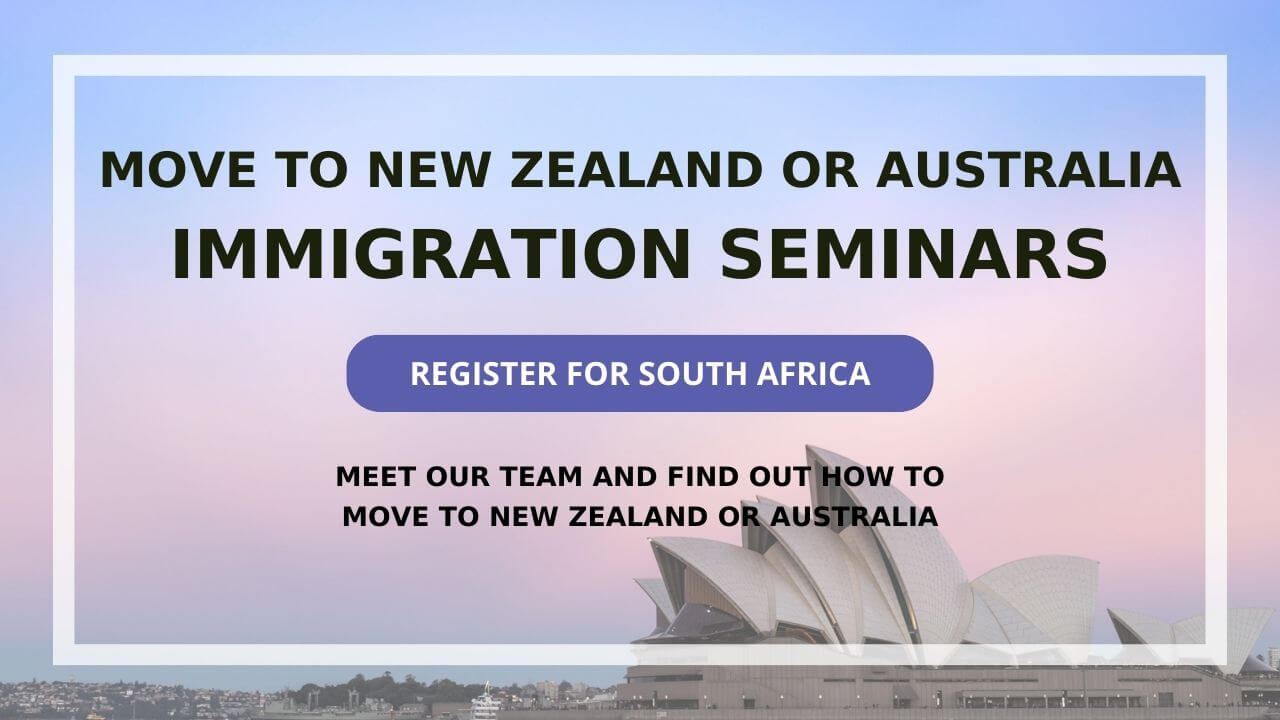Driving in Australia
If you are a visitor to Australia and hold a foreign driver's license, you may be able to drive in Australia using your existing license for a limited period of time. However, if you are planning to stay in Australia for an extended period of time, you may need to convert your overseas driver's license to an Australian license.
Buying a car
Depending on the location of your house and your workplace, you may have to consider buying a car upon arrival. There are a number of options suiting your budget, and you may be able to get finance to purchase a vehicle.
Driver license conversion
The process for converting your overseas license to an Australian license can vary depending on the state or territory in which you are residing. In general, you will need to provide evidence of your identity, residency status, and driving experience, as well as pass a knowledge test and a practical driving test.
The specific requirements for converting your overseas license will depend on a number of factors, including the country where your license was issued and the class of license you hold. Some states and territories may also require you to complete a certain number of driving lessons or hold a learner's permit for a minimum period of time before you can take the practical driving test.
To find out the specific requirements for converting your overseas license in the state or territory where you are residing, you should contact the local transport authority or driver licensing authority. They will be able to provide you with information on the application process, fees, and any additional requirements you may need to fulfill.
Public Transport
Australia has a range of public transport options that vary depending on the city or region. Some of the most common forms of public transport in Australia include:
- Trains: Most major cities in Australia have train services, including commuter trains and intercity trains that connect different regions.
- Buses: Buses are also widely used in Australia, with both urban and regional services available. Many cities have bus rapid transit systems (BRT) that operate on dedicated lanes.
- Trams: Trams are only available in some cities, such as Melbourne and Adelaide, and are used for urban transportation.
- Ferries: In cities with waterways, such as Sydney and Brisbane, ferries are a common form of public transport, providing services across the harbour and along the coast.
- Light Rail: Some cities such as Sydney, Newcastle and the Gold Coast also have light rail networks which run on dedicated lanes.
- Taxis and ride-sharing services such as Uber are also widely used in Australia.
Overall, the availability and type of public transport vary depending on the city or region.


